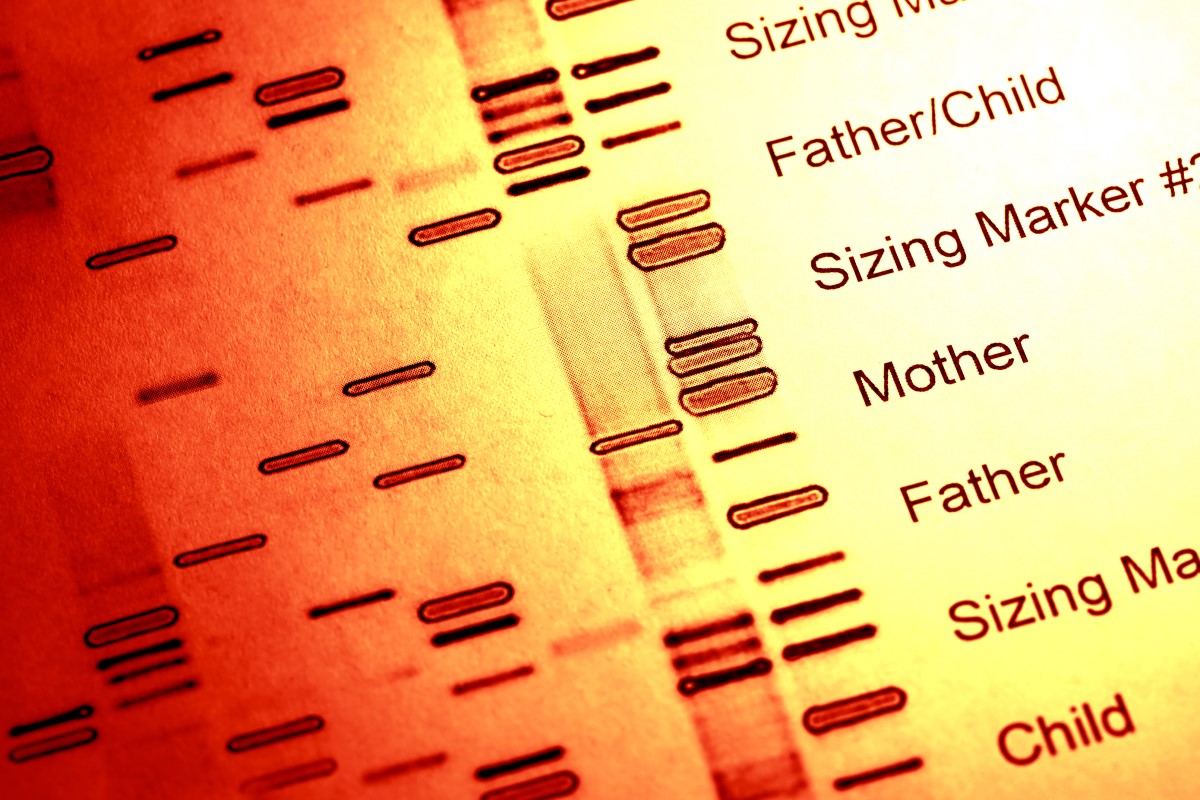
Ancient DNA unlocks new understanding of migrations in the first millennium AD
On Jan. 1, 2025, a study led by the Francis Crick Institute showed that waves of human migration across Europe during the first millennium AD have been revealed using a more precise method of analysing ancestry with ancient DNA.
The research published in Nature, reported new data analysis method called Twigstats, which allows the differences between genetically similar groups to be measured more precisely, revealing previously unknown details of migrations in Europe.
They applied the new method to over 1500 European genomes (a person’s complete set of DNA) from people who lived primarily during the first millennium AD (year 1 to 1000), encompassing the Iron Age, the fall of the Roman Empire, the early medieval ‘Migration Period’ and the Viking Age.
Over the past few years, scientists have found ways to directly reconstruct these genetic family trees by looking at how mutations are shared between people, connecting our DNA today with those of ancient people. These genetic family trees reveal how old mutations are and who they are shared by.
Twigstats directly looks at these genetic family trees to summarise who we have inherited our DNA from. This new approach looks at more recent mutations to reveal connections between people who lived closer together in time.
Tags:
Source: Francis Crick Institute
Credit:
